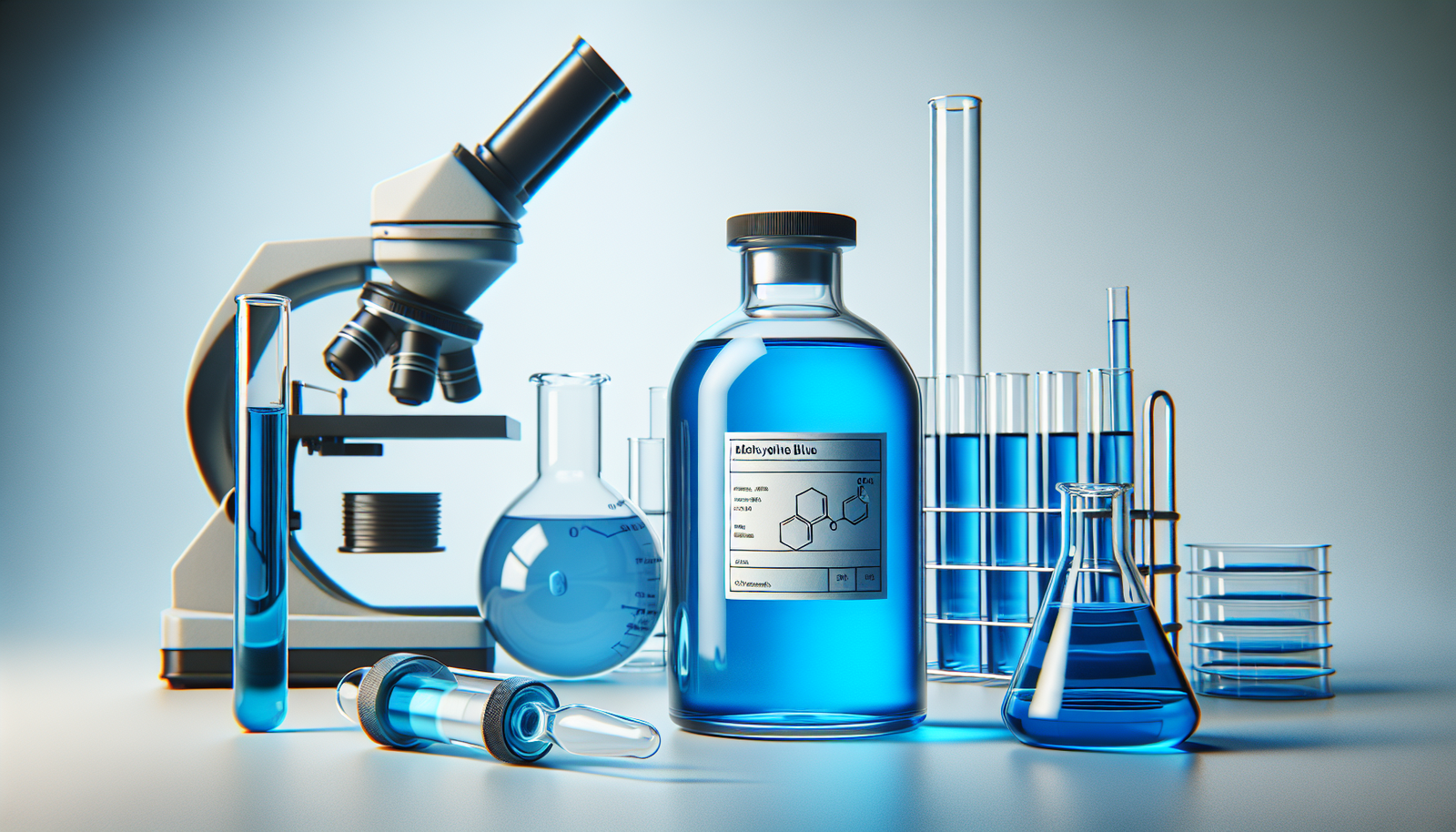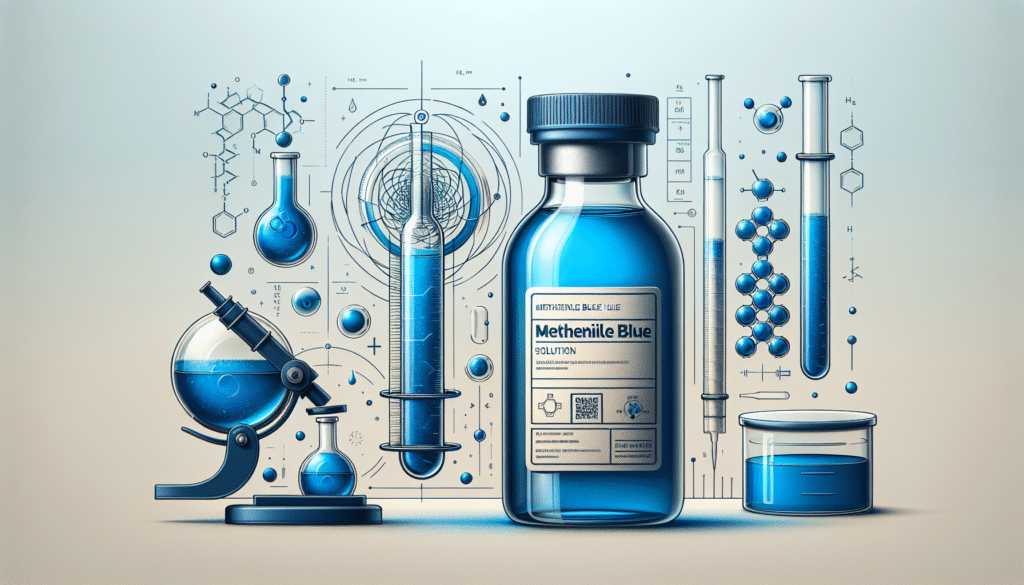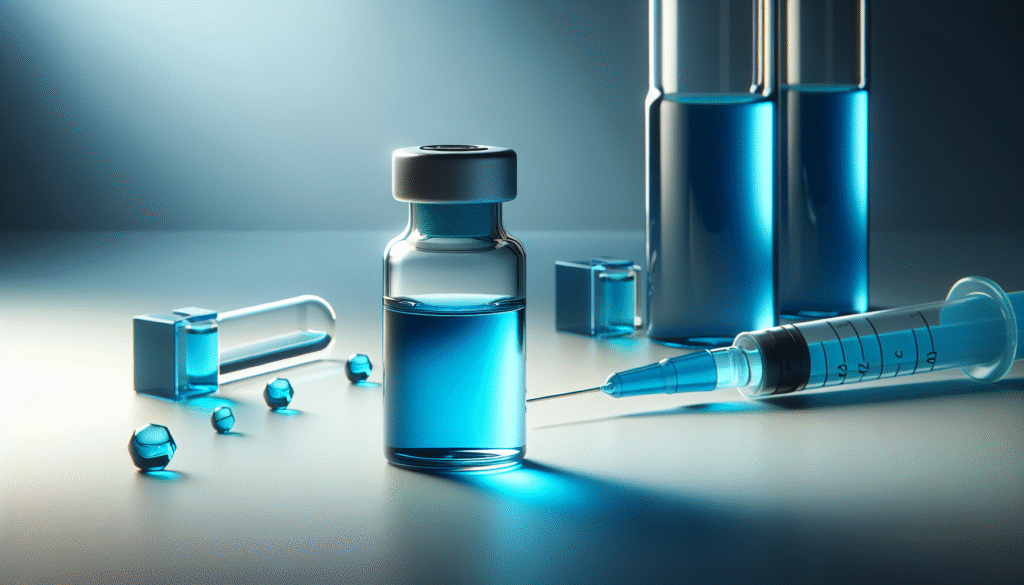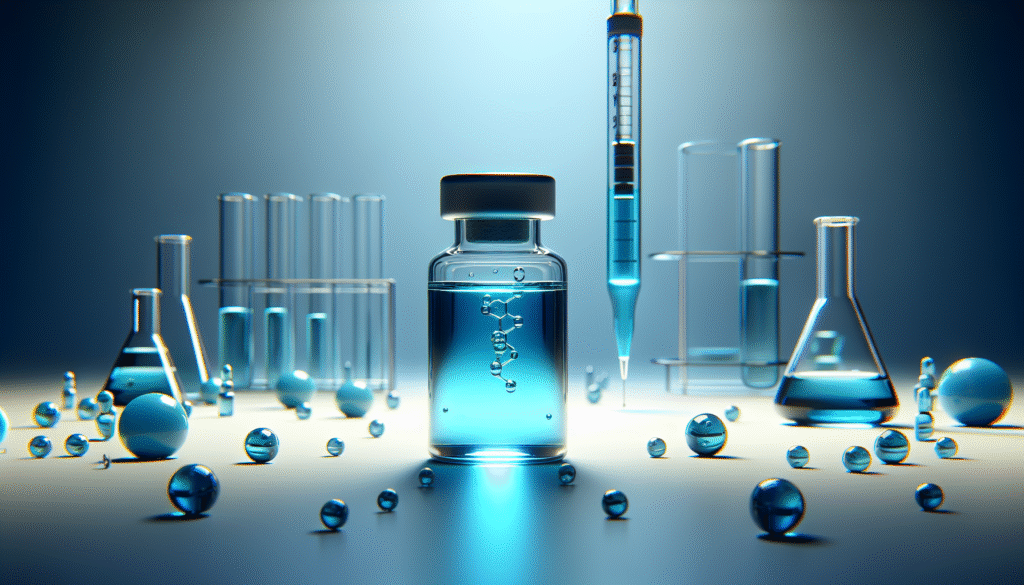
What if a single compound had the potential to revolutionize medical treatment and shed light on the complexities of cellular function? Methylene Blue (MB) is not just a fascinating dye; it carries immense promise in various fields, particularly in medicine and biochemistry. This article aims to unravel the intricacies of Methylene Blue, its mechanisms of action, and its multifaceted applications.
Understanding Methylene Blue
Methylene Blue is a synthetic compound initially developed as a dye. Its presence dates back to the mid-19th century, when it was primarily used for coloring textiles and histological staining. However, beyond its vibrant hue, MB has been recognized for its pharmacological properties, which have led to a growing body of research surrounding its therapeutic applications.
Chemical Structure of Methylene Blue
Methylene Blue has a chemical formula of C16H18ClN3S and consists of a thiazine ring. The structure of MB allows it to easily penetrate biological membranes, which is crucial for its mechanism of action. Its positive charge at physiological pH helps it to interact with various cellular components effectively.
Historical Perspective
Understanding Methylene Blue requires examining its historical context. Initially employed as an antimalarial agent at the turn of the 20th century, its applications expanded over the years. It has served various roles, ranging from a treatment for methemoglobinemia to its current evaluation in psychiatric disorders and neurodegenerative diseases. Each application highlights its versatility and biological significance.
Mechanisms of Action
How does Methylene Blue operate within the body? Its multifunctional characteristics allow it to engage in numerous biochemical pathways.
Electron Transfer and Mitochondrial Function
Methylene Blue acts as an electron carrier in cellular respiration. By facilitating the transfer of electrons within the mitochondrial respiratory chain, it helps in energy production. This mechanism becomes particularly important in conditions characterized by mitochondrial dysfunction, as MB can potentially enhance ATP synthesis under such circumstances.
Antioxidant Properties
Methylene Blue exhibits antioxidant capabilities, neutralizing harmful free radicals and reactive oxygen species (ROS) that can cause cellular damage. This protective role may extend to various applications in neuroprotection, as excessive oxidative stress is often implicated in neurodegenerative diseases.
Modulation of Enzyme Activity
MB can influence several enzymes vital to metabolic pathways. For instance, it serves as an inhibitor of guanylate cyclase, which can affect vascular tone and other physiological responses. These interactions underline the compound’s potential as a therapeutic agent in conditions such as cardiovascular diseases.
Neurotransmission Modulation
Research has indicated that Methylene Blue may alter neurotransmission. It has been explored as a treatment for conditions such as depression and Alzheimer’s disease due to its potential impact on serotonin and monamine oxidase (MAO) activity. By modulating these pathways, MB may enhance mood and cognitive function.

Applications of Methylene Blue
Methylene Blue’s pharmacological properties extend to multiple fields of medicine and research. Below are some of the most prominent applications.
Antimalarial Treatment
Historically, MB has been utilized as an antimalarial drug, although its use has diminished in favor of more effective therapies. Understanding its history helps contextualize its current explorations into malaria treatment, particularly in areas with increasing resistance to standard treatments.
Methemoglobinemia Management
One of the well-established uses of Methylene Blue is in the treatment of methemoglobinemia, a condition where hemoglobin is converted to methemoglobin, affecting oxygen transport. MB acts as a reducing agent, facilitating the conversion of methemoglobin back to its functional form. This application is critical in emergency medicine and showcases the compound’s ability to save lives.
Psychiatric Disorders
Methylene Blue has been investigated for its potential in treating psychiatric conditions. Studies have shown promising results in depression and anxiety, primarily due to its modulation of neurotransmitter systems. Its unique mechanism of action opens avenues for new therapeutic strategies in mental health.
Alzheimer’s Disease and Neurodegeneration
The neuroprotective properties of Methylene Blue position it as a candidate for treating neurodegenerative disorders, including Alzheimer’s disease. Preclinical studies indicate that MB may enhance mitochondrial function and reduce oxidative stress, which are central in the pathophysiology of such diseases.
Cancer Therapy
Methylene Blue’s role in cancer treatment is under investigation due to its photodynamic therapy (PDT) capabilities. When activated by light, MB generates reactive species that can induce cell death in cancerous cells. This dual approach — combining chemical and light exposure — demonstrates the compound’s innovative potential.
Safety and Side Effects
While Methylene Blue has a range of applications, ensuring safety is paramount.
Common Side Effects
Typically, Methylene Blue is well tolerated, but some individuals may experience side effects, including:
| Side Effect | Description |
|---|---|
| Nausea | Gastrointestinal discomfort may occur. |
| Headaches | Mild to moderate headaches can happen. |
| Skin Discoloration | Temporary blue discoloration may result. |
| Anxiety or Restlessness | Some may experience increased anxiety. |
Contraindications
Methylene Blue should be avoided in certain populations, particularly individuals with G6PD deficiency, as it can provoke hemolysis. Furthermore, those on serotonergic medications should closely consult healthcare providers to avoid potential serotonin syndrome.
Drug Interactions
As with any pharmacological agent, Methylene Blue may interact with other medications. Caution is warranted for patients taking anticoagulants, antidepressants, or medications affecting serotonin levels, as these interactions can lead to adverse effects.

How to Use Methylene Blue
Methylene Blue can be administered in several forms, including:
Intravenous Administration
In hospital settings, MB is often given intravenously to ensure rapid action, particularly in emergencies like methemoglobinemia.
Oral Supplements
For therapeutic applications, Methylene Blue can also be taken as an oral supplement, although it is essential to adhere to recommended dosages to avoid toxicity.
Topical Applications
In research settings, Methylene Blue has been applied topically for its antibacterial properties, particularly in wound care.
Dosage and Administration
Determining the appropriate dose of Methylene Blue depends on the condition being treated. Medical professionals usually prescribe the dosage based on clinical guidelines and patient-specific factors. For example:
| Condition | Dosage |
|---|---|
| Methemoglobinemia | 1–2 mg/kg IV, administered slowly. |
| Alzheimer’s Disease | Dosing is still under investigation; consult a physician for guidance. |
| Photodynamic Therapy | Typically determined based on tumor type and size. |
Following medical advice regarding dosage and administration is crucial for achieving desired outcomes while minimizing risks.

Future Directions in Research
The burgeoning interest in Methylene Blue signals a promising horizon in medical research. Several key areas deserve attention:
Neuroprotection Studies
Ongoing research explores MB’s capacity to confer neuroprotection in various neurological diseases, aiming to better understand how it can mitigate damage and enhance function.
Cardiovascular Benefits
Investigating Methylene Blue’s ability to modulate vascular tone could lead to innovative treatments for hypertension and other cardiovascular issues.
Cancer Treatment Advances
As photodynamic therapy garners interest, further research into Methylene Blue’s applicability in cancer therapy may yield transformative protocols that could enhance patient outcomes.
Summary
Methylene Blue is much more than a simple dye; it is a compound with a diverse array of applications in medicine and research. Its unique mechanisms of action, historical significance, and the potential for future developments make it a subject of ongoing and fruitful investigation.
Conclusion
You are now equipped with a comprehensive understanding of Methylene Blue, its workings, and its myriad applications in health and medicine. Its historical journey and promising future illustrate the importance of continually examining established compounds for new therapeutic possibilities. Engaging with the scientific community’s findings will only deepen your appreciation for this multifaceted compound.
